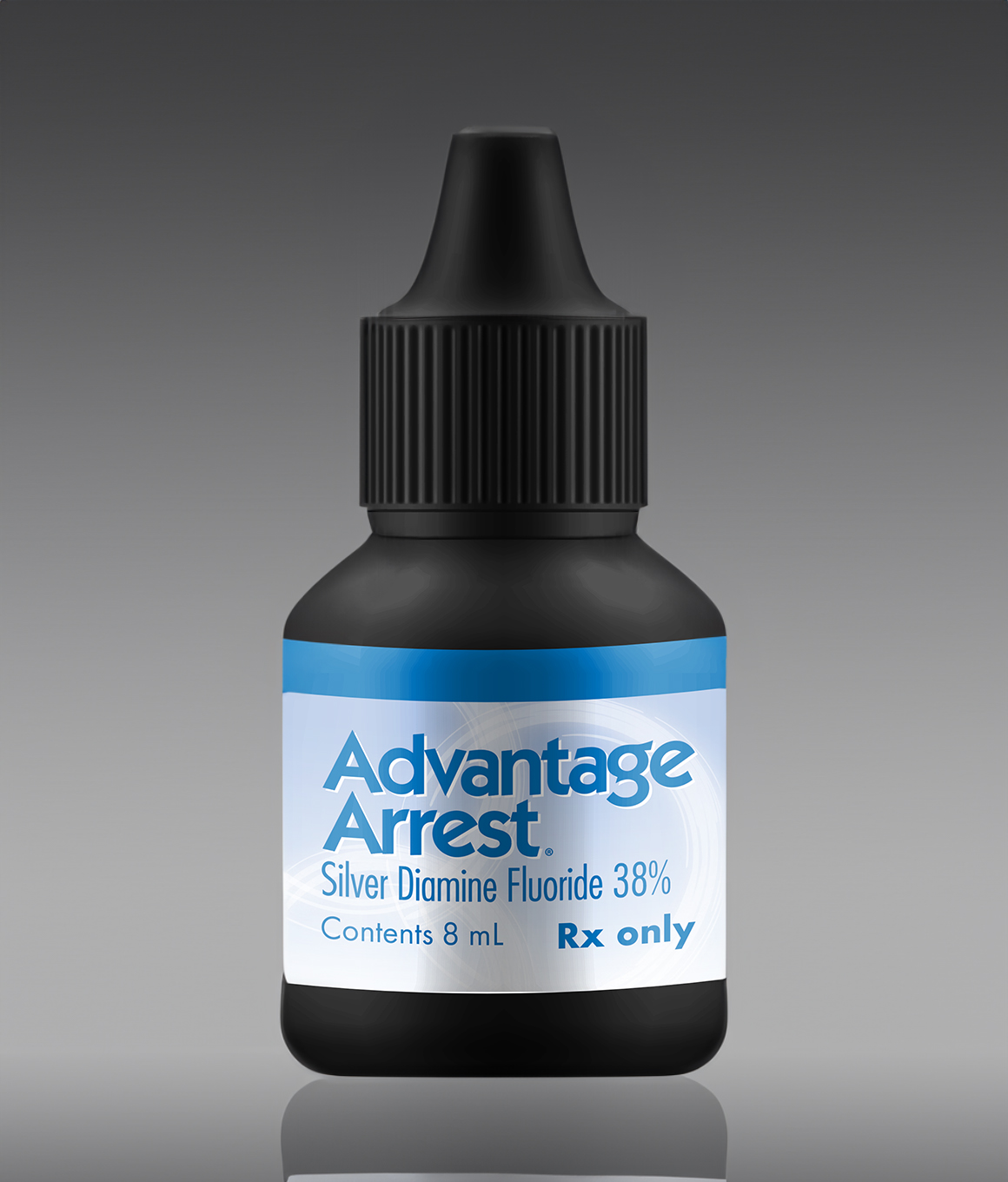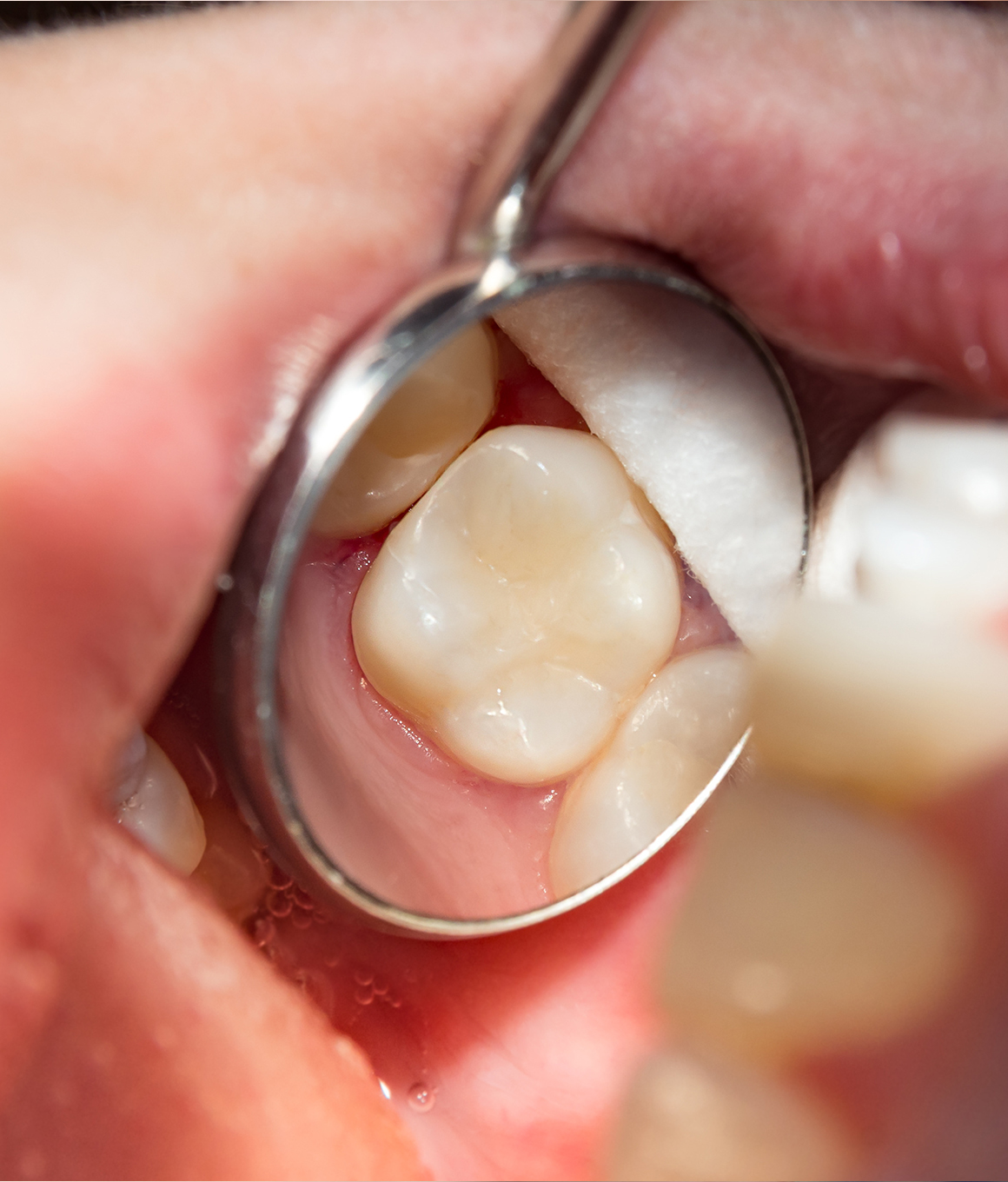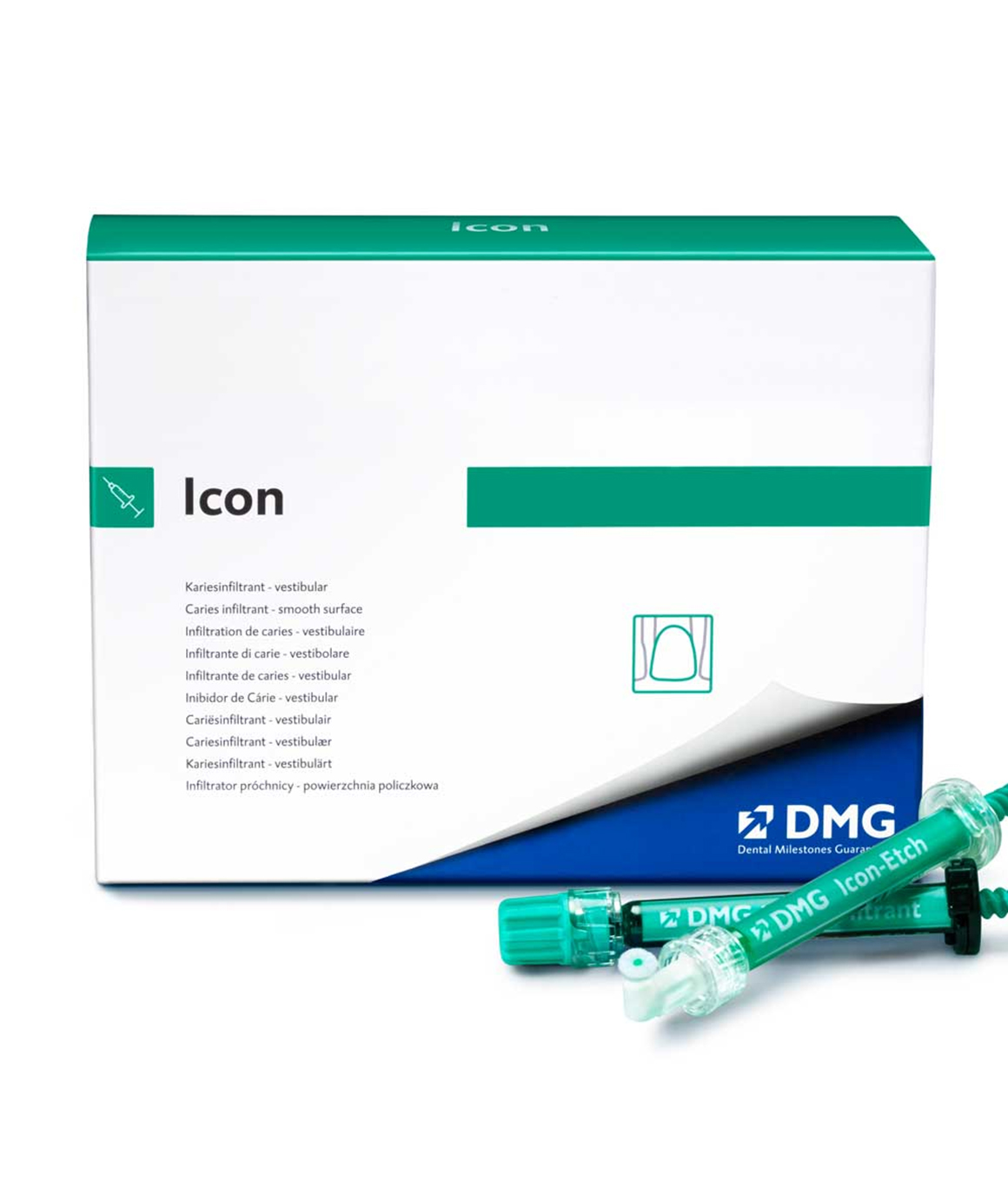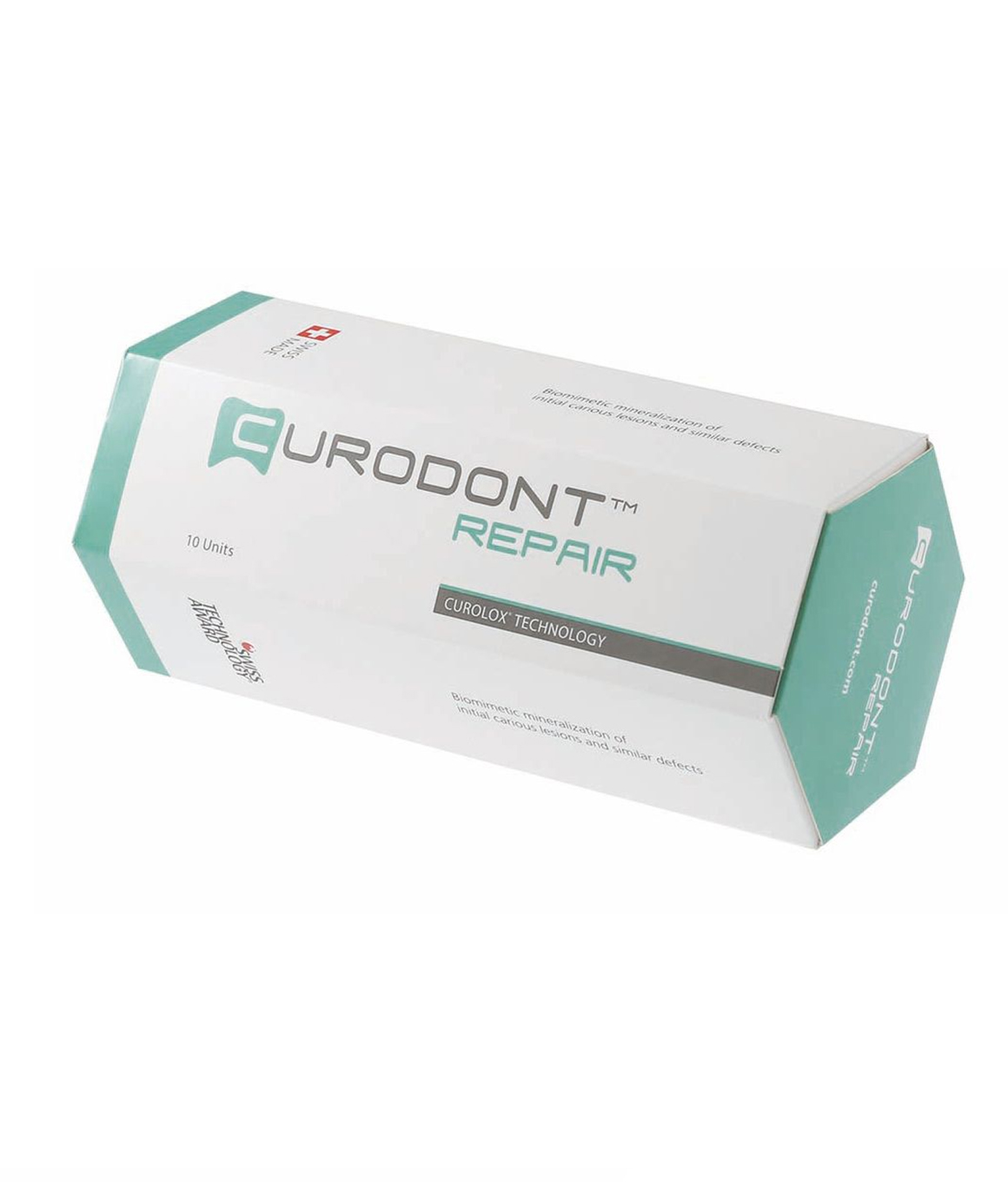
MINIMALLY INVASIVE DENTISTRY MURPHY
No Shots – No Drills – No Sedation

Think it’s impossible to do dentistry on your child without numbing or sedating them? With our board-certified pediatric dentist’s gentle and specialized techniques, many dental procedures can be completed safely without shots, drills, or sedation. Our minimally invasive approach is not only more comfortable for little ones, but it also delivers superior results with our innovative use of bioactive and biocompatible dental materials that help to minimize plaque and promote remineralization of decayed teeth. Preserving your child’s natural teeth safeguards their development and makes their dental care less complicated overall. Plus, a light touch enables children to relax and learn that the dentist isn’t some scary place they should dread—it’s where a team of friendly people are eager to help them smile and feel good about themselves.
Why Choose Bloom Pediatric Dentistry for Minimally Invasive Dentistry?
- Light Touch Used for More Comfortable Dental Care
- We Preserve As Much of Your Child’s Natural Teeth As Possible
- Less Invasive = Less Anxiety for Children (& Parents!)
The Importance of Minimally Invasive Dentistry

Many pediatric dentists will sedate kids who are very young, hyperactive, or have a lot of recommended treatment to complete. Our philosophy is to teach children how to undergo procedures comfortably and calmly, and we will only sedate them if they are too anxious to cooperate even with our minimally invasive approaches. We’re often able to complete treatment with no sedation, no drills, or even no shots after a child’s previous dentists claimed that their care couldn’t be completed without them.
By going at their pace and being extremely gentle, we’re able to show children that dentistry is nothing to be afraid of. This conservative approach also means that you don’t have to monitor a drowsy child for hours after their appointments or worry about them accidentally biting a numbed lip or tongue.
We also offer many services that suit our minimally invasive approach, including the following:
Silver Diamine Fluoride (SDF)

Silver diamine fluoride offers an effective two-part solution for active tooth decay. Applied directly to a child’s trouble spot with a paintbrush, the silver quickly kills the bacteria that is harming the tooth structure while the fluoride fortifies what is remaining. It’s a fast and comfortable method that enables us to keep the dental drill safely tucked away.
Atraumatic Restorative Technique (ART)

If a cavity has already created a hole in a tooth, the important first step in treating it is removing the decayed tooth structure. ART is a painless procedure where we use hand instruments to gently do this, and it usually doesn’t require local anesthesia. Following removal of the cavity, we restore the tooth with a biocompatible and bioactive tooth-colored filling material that helps to strengthen the tooth and prevent future cavities from forming around the filling. This not only helps us repair your child’s tooth, but also prevents the experience from being unpleasant.
Hall Technique

Dental crowns are placed over damaged teeth in order to restore their shape, strength, and function. The Hall Technique offers a less invasive method of applying them to baby teeth compared to the old way, which involved numbing the child with an injection and then drilling away the tooth structure that could not be salvaged. Instead, we simply cap the tooth with the crown–sealing the cavity in and preventing its progression. This minimally invasive approach avoids all drills and shots, thereby making the procedure much less anxiety-inducing for the child, while also protecting the tooth from any future cavities. The crown and tooth will eventually fall out like normal.
Resin Infiltration (ICON)

Resin Infiltration is a minimally invasive technique to treat white spots or early-forming cavities on permanent teeth that pose an aesthetic concern. Occasionally, the front teeth may exhibit white defects that are either present innately or may have developed as a result of oral hygiene issues during orthodontics. These cosmetic defects can be treated effectively with a material called ICON without the need for local anesthesia or drilling.
Curodont™ Repair Fluoride Plus

Everyone knows that fluoride helps to strengthen your teeth against cavities, and it works by restoring the minerals on the surface of the enamel that serve as the first line of defense against decay. Curodont™ goes a step further, however, and is actually able to rebuild the enamel not just on the outer layer of a tooth, but all the way down to the center of a developing cavity. It harnesses the power of a unique peptide and utilizes a child’s saliva (which naturally contains calcium, phosphate, and other minerals) to help teeth remineralize themselves, stopping early-stage tooth decay in a way that allows us to avoid the need to drill in the future.



